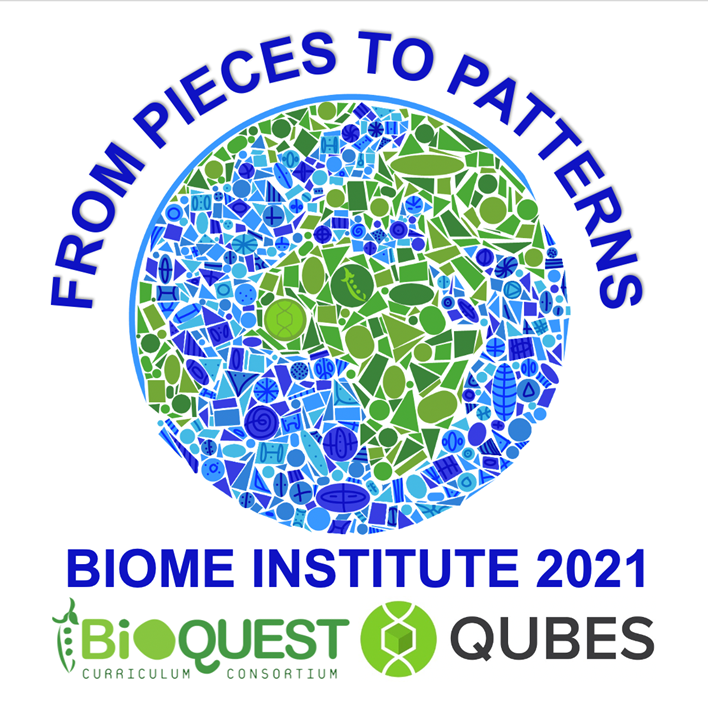Learning about Protein Structure and Function with Molecular CaseNet
Author(s): Laurel Lorenz1, Keith A. Johnson2, Anya Goodman3, Shuchismita Dutta4
1. Princeton University 2. Bradley University 3. California Polytechnic State University 4. Rutgers University
931 total view(s), 260 download(s)
Description
Molecular CaseNet hosts a library of freely available case studies focused on exploring the relationship between protein structure and function. Each case hooks the reader with a story introducing a specific protein and then leads the reader through a guided inquiry of the protein’s chemical structure and biological functions. As students explore the protein structure, they engage with a variety of publicly available bioinformatic resources including the Protein Data Bank, KEGG, Uniprot, and Pubmed. Each Molecular CaseNet study empowers students and instructors with the knowledge to visualize, maneuver, and annotate a 3D model of the protein. Students communicate their understanding of a protein’s structure-function relationship by creating figures that illustrate relevant inter- and intramolecular forces. Each case study can be adapted to fit biology, biochemistry, and chemistry courses ranging from introductory to advanced levels. For example, in introductory courses, students are told which 3D protein structure to investigate, whereas more advanced students use the scientific literature and bioinformatic sources to find the relevant structure(s). In some courses, students work through a single case study, while in others, they complete multiple case studies and even author new case studies. Instructors interested in incorporating a molecular case study from the Molecular CaseNet in their courses are invited to join the Molecular CaseNet Community. Through working groups and faculty mentoring networks, instructors have opportunities to implement a case study, adapt a case study, create a new case study, or even engage their students in the development of a case study.
Cite this work
Researchers should cite this work as follows:
- Lorenz, L., Johnson, K. A., Goodman, A., Dutta, S. (2021). Learning about Protein Structure and Function with Molecular CaseNet. 2021 Biology and Mathematics Educators (BIOME) Institute, QUBES Educational Resources. doi:10.25334/HWN6-4F11
